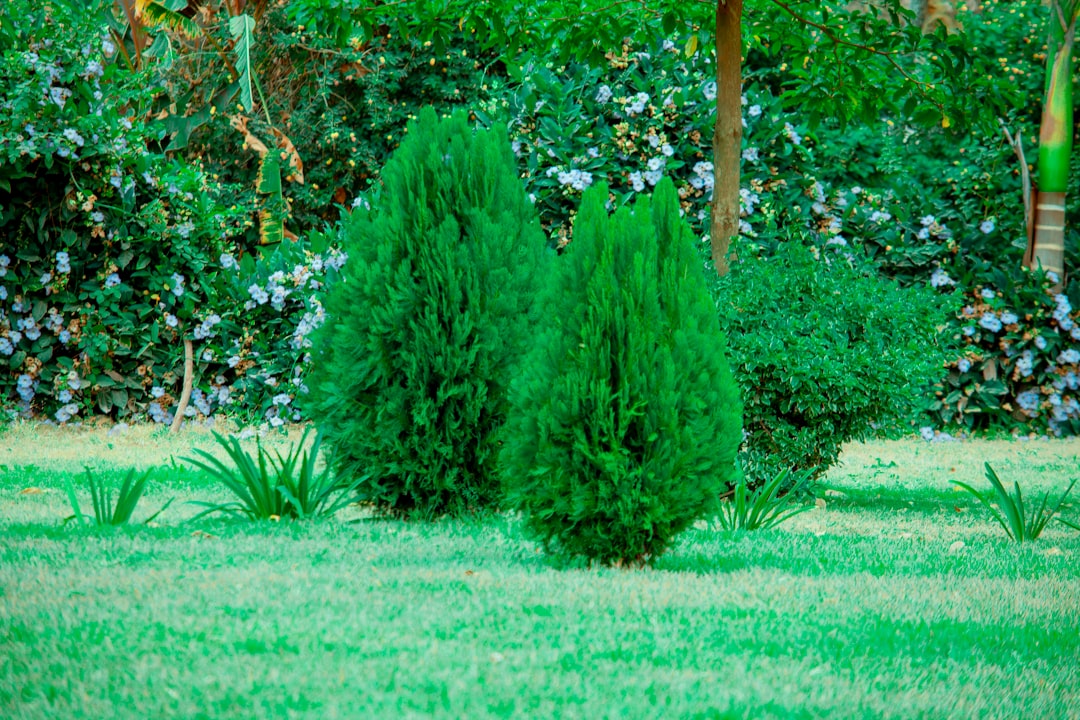Safeguarding Your Garden from Groundhog Havoc

Groundhogs, also known as woodchucks, can be a real nuisance in gardens. These furry critters have a voracious appetite and can cause extensive damage to your carefully cultivated plants. In this article, we'll explore some effective and humane ways to prevent and get rid of groundhogs in your garden.
### Understanding Groundhog Behavior
Before we delve into the prevention and removal methods, it's important to understand the behavior of groundhogs. Groundhogs are herbivores, and they love to munch on a variety of plants, including vegetables, fruits, and flowers. They are most active during the day, especially in the early morning and late afternoon. Groundhogs are also excellent diggers, and they create burrows in the ground where they live and raise their young.
### Signs of Groundhog Infestation
How do you know if you have a groundhog problem in your garden? Here are some signs to look out for:
- Visible Damage: Look for chewed plants, especially near the base. Groundhogs will often eat the leaves, stems, and fruits of plants.
- Burrows: Groundhogs create burrows with large entrances, usually about 10 to 12 inches in diameter. You may notice these burrows in your garden or around the perimeter of your property.
- Droppings: Groundhog droppings are small, oval-shaped, and dark in color. You may find them near their burrows or in areas where they have been feeding.
### Prevention Methods
Preventing groundhogs from entering your garden in the first place is the best approach. Here are some prevention methods you can try:
- Fencing: Install a fence around your garden. The fence should be at least 3 feet high and buried at least 1 foot underground to prevent groundhogs from digging under it. You can use chicken wire or hardware cloth for the fence.
- Repellents: There are several natural and commercial repellents available that can deter groundhogs. Some natural repellents include garlic, onions, and hot peppers. You can make a spray by mixing these ingredients with water and spraying it on your plants. Commercial repellents usually contain ingredients like predator urine or capsaicin.
- Remove Attractants: Keep your garden clean and free of debris. Remove any fallen fruits, vegetables, or leaves that may attract groundhogs. Also, make sure to store your garbage in sealed containers.
### Humane Removal Methods
If you already have groundhogs in your garden, there are several humane ways to remove them:
- Live Trapping: You can use a live trap to catch the groundhogs. Place the trap near the burrow or in an area where you have seen the groundhogs. Bait the trap with fruits, vegetables, or peanut butter. Once you have caught the groundhog, release it in a suitable location at least 5 miles away from your property.
- Scare Tactics: You can use scare tactics to frighten the groundhogs away. Some examples of scare tactics include using motion-activated lights, sprinklers, or noise-making devices. You can also place a fake owl or coyote in your garden to make the groundhogs think there is a predator present.
- Professional Help: If you are unable to remove the groundhogs on your own, you can hire a professional wildlife removal service. These services have the experience and equipment to safely and humanely remove the groundhogs from your property.
### Conclusion
Groundhogs can be a real problem in gardens, but with the right prevention and removal methods, you can keep them at bay. Remember to always use humane methods when dealing with groundhogs, as they are an important part of the ecosystem. By following the tips in this article, you can protect your garden and enjoy a beautiful, pest-free outdoor space.